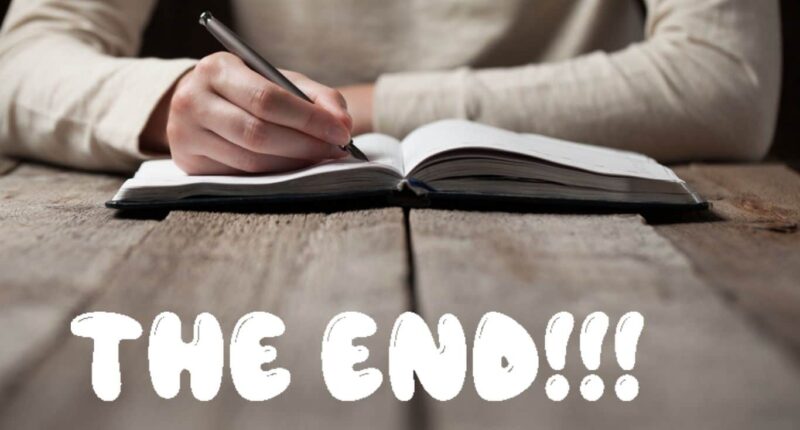Creative Methods for Writing a Book Ending: The final pages of a book can make or break the entire reading experience for a reader. A well-crafted ending can leave them feeling satisfied, uplifted, or even transformed, while a poorly executed one can leave them feeling disappointed, confused, or cheated. As a writer, it can be daunting to approach the ending of your book, knowing that it needs to tie up loose ends, leave a lasting impression, and do justice to the story you’ve crafted. Fortunately, there are countless creative methods and techniques you can use to write a book ending that resonates with your readers and leaves them eager to recommend your book to others. In this article, we’ll explore ten different approaches to writing a book ending that will help you craft an unforgettable conclusion to your story.
Creative Methods for Writing a Book Ending (10 Ways)
Use Symbolism
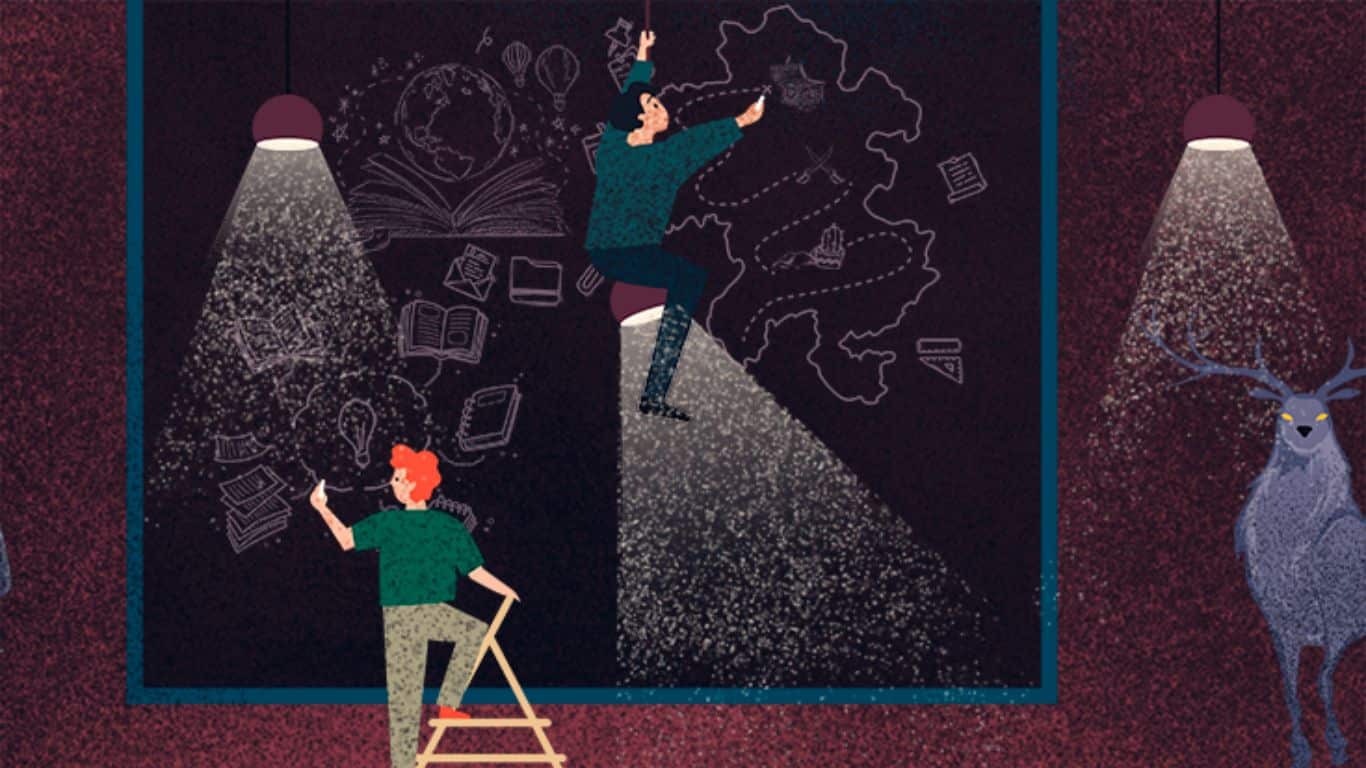
Symbolism is a literary device that is used to represent an idea, concept or object in a story. By using symbols, writers can convey complex ideas and emotions without explicitly stating them. The use of symbolism can help tie together the themes and motifs of a book, creating a cohesive and impactful ending.
For example, in F. Scott Fitzgerald’s The Great Gatsby, the green light at the end of Daisy’s dock is a recurring symbol throughout the novel. The green light represents Gatsby’s unattainable desire for Daisy, and the hope that she might one day be his. In the novel’s climactic ending, Gatsby is shot and killed in his swimming pool, while the green light continues to shine on in the distance.
This use of symbolism ties together the novel’s themes of desire, hope, and the corrupting influence of wealth. The green light becomes a symbol of Gatsby’s unattainable dream, and the tragic consequences of his pursuit of it. The image of the green light shining on in the distance after Gatsby’s death is a haunting and memorable ending that leaves a lasting impression on the reader. In this way, the use of symbolism can elevate a story’s ending, giving it a deeper meaning and impact. By incorporating symbols and imagery throughout a book, writers can create a more cohesive and meaningful narrative, and leave a lasting impression on their readers.
Add a Twist

Adding a twist to your story means introducing an unexpected turn of events that changes the direction or outcome of the narrative. A plot twist can come in different forms, such as a sudden revelation, a character’s unexpected action, or an unforeseen consequence of the main conflict. By incorporating a plot twist, you can keep your readers engaged and curious about what will happen next, and also add complexity and depth to your story.
Let’s say you’re writing a murder mystery where a detective is trying to solve a case of a wealthy businessman’s death. The story seems to follow the usual tropes of the genre, with the detective interviewing suspects, gathering evidence, and piecing together the clues. However, as the story progresses, you introduce a plot twist that changes everything.
It turns out that the detective himself was the killer, and all his investigative efforts were just a smokescreen to deflect suspicion. The reader, who was following the story from the detective’s point of view, suddenly realizes that they were misled and that the real culprit was hiding in plain sight. The plot twist not only adds a shocking revelation but also raises questions about the detective’s motives and morality, creating a more complex and ambiguous ending.
Use a Callback
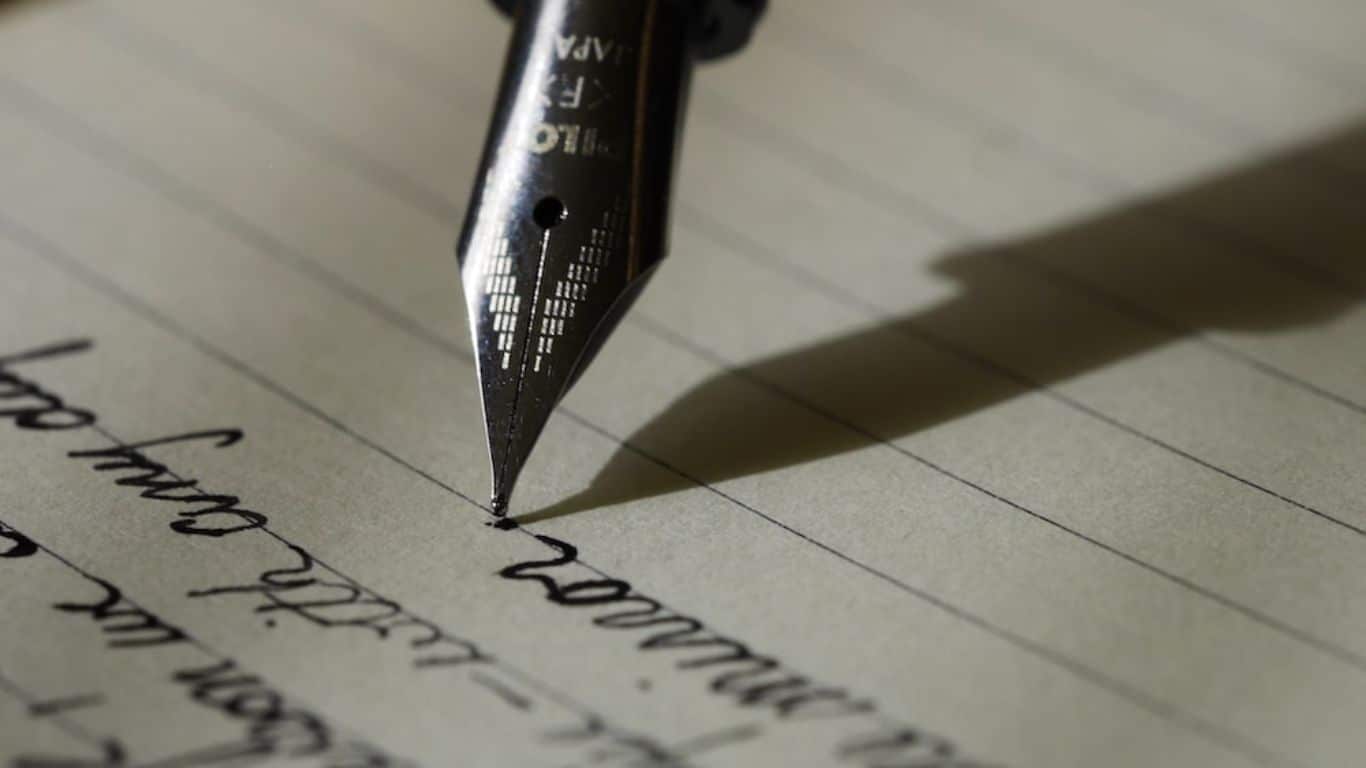
Using a callback in a story is a technique that involves referencing something from an earlier scene, character, or piece of dialogue in the ending of a story. This technique is often used to provide closure and a sense of completeness to the story, and can also create a unique and memorable ending.
If you are writing a short story about a woman who is struggling to come to terms with her father’s death. In the beginning of the story, the woman is shown to be very distant and detached from her family, and is struggling to cope with her grief. Throughout the story, she meets new people and learns to open up and connect with others.
In the ending, you could use a callback to tie the story together and provide a sense of closure. For instance, you could have the woman visit her father’s grave and have a conversation with him. This would reference an earlier scene in which she visited the grave and talked about how she was struggling to move on. By bringing this scene back in the ending, you create a sense of closure and show how the woman has grown and learned to deal with her grief.
End with a Question

Ending your story with a thought-provoking question can be a great way to engage your readers and leave a lasting impression on them. The question you ask should tie into the central themes of your story and encourage readers to think more deeply about the message you are trying to convey.
Let’s say you have written a novel about a woman who overcomes her fear of failure and achieves her dreams of becoming a successful entrepreneur. At the end of the book, you could ask your readers a question like: “What would you do if you weren’t afraid to fail?” This question would tie into the central theme of the book and encourage readers to reflect on their own fears and aspirations.
By ending your story with a question, you are inviting your readers to continue the conversation beyond the pages of your book. They may discuss the question with friends or family, or even journal about their own thoughts and experiences. This can help create a deeper connection between the reader and your story, and ultimately leave a more lasting impression.
Consider a Cliffhanger

A cliffhanger is a literary device used by writers to end a chapter, scene, or story in a way that leaves the reader in suspense and wondering what will happen next. The term “cliffhanger” comes from the early days of cinema, when serial films would often end with a hero or heroine hanging off the edge of a cliff, with their fate left unknown until the next episode.
In the context of writing a series, a cliffhanger can be a powerful tool to keep readers engaged and eager to pick up the next book in the series. By leaving unresolved plot points, questions, or conflicts at the end of a book, the reader is left with a sense of anticipation and curiosity about what will happen next. This can help build excitement and anticipation for the next book, and create a loyal following of readers who are invested in the characters and the story.
Like in J.K. Rowling’s Harry Potter series, each book ends with a cliffhanger that sets up the next installment. In “Harry Potter and the Goblet of Fire,” the book ends with the revelation that Lord Voldemort has returned and is planning to kill Harry Potter. This leaves readers eager to find out what will happen in the next book, “Harry Potter and the Order of Phoenix.” Similarly, in “The Hunger Games” trilogy, each book ends with a cliffhanger that leaves the reader wondering what will happen to the main characters, and eager to pick up the next book to find out.
Use an Epilogue

An epilogue is a literary device that allows an author to wrap up their story by providing additional information after the main events have concluded. It serves as a way to provide closure to the story and a glimpse into what the future holds for the characters.
An excellent example of an epilogue is J.K. Rowling’s Harry Potter and the Deathly Hallows. In the epilogue, we see Harry, Ron, and Hermione 19 years after the events of the story. They are all grown up, married, and have children of their own. We learn about their careers and what they’ve been up to since defeating Voldemort.
The epilogue provides readers with a sense of closure, as they get to see how their favorite characters’ lives have turned out. It also gives readers a glimpse into the future, which can be particularly satisfying for those who have grown attached to the characters over the course of the series.
Change the Tone
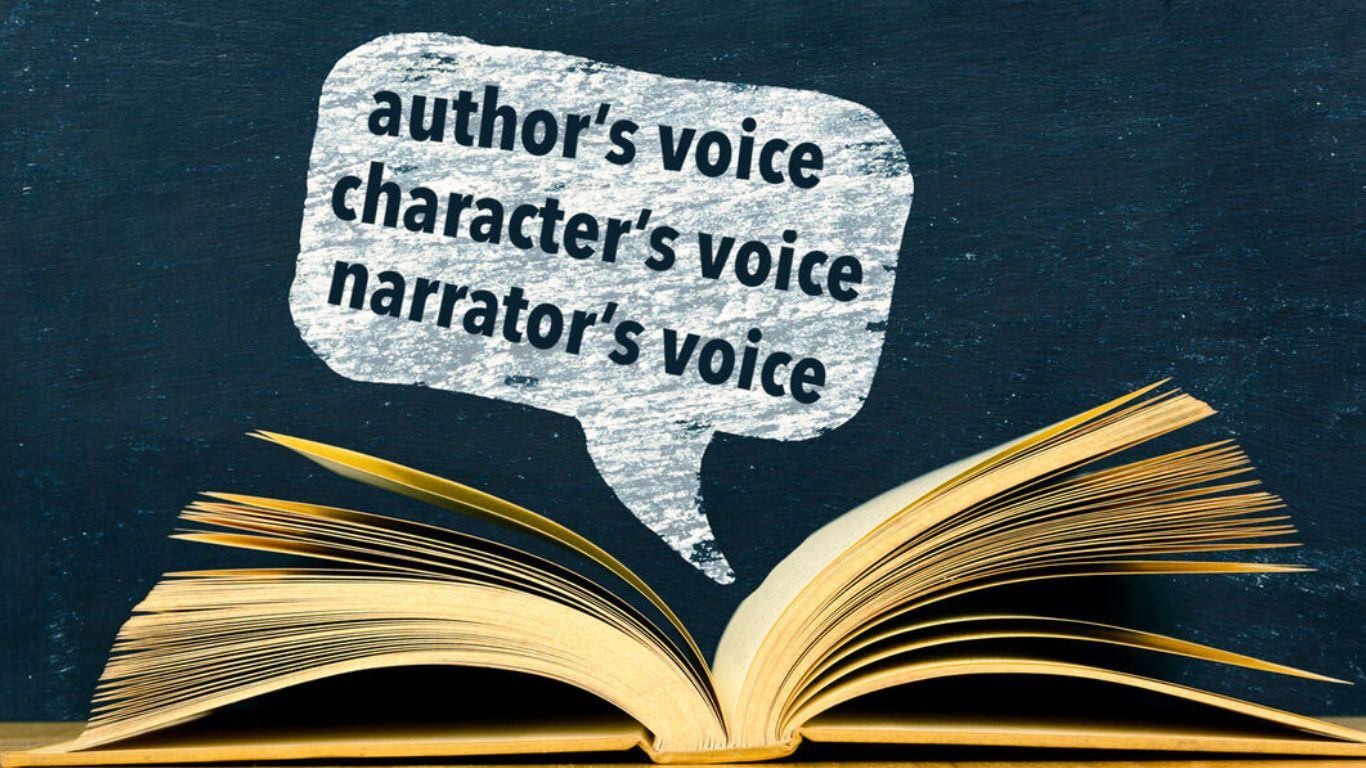
Changing the tone of a book’s ending refers to shifting the overall emotional or atmospheric feel of the last few chapters or paragraphs. This technique is often used to create a shift in perspective, surprise the reader, or leave a lasting impression. It can be a powerful tool in crafting a memorable story that challenges readers to think more deeply.
Let’s consider a novel about a young woman struggling to find her place in the world. Throughout the book, the tone is introspective and melancholic as the protagonist grapples with her own feelings of inadequacy and isolation. However, at the end of the novel, the tone shifts abruptly as the protagonist realizes that she has found her true calling.
Instead of a somber or introspective tone, the ending is now triumphant and upbeat, conveying a sense of hope and possibility. This shift in tone challenges readers to re-evaluate their previous assumptions about the protagonist’s journey and encourages them to see her in a new light. By changing the tone of the ending, the author has created a powerful emotional impact that lingers long after the book is finished. This kind of shift in perspective can help readers to think more deeply about the themes and messages of the book, and may even inspire them to take action in their own lives.
Experiment with Structure

Experimenting with structure in writing is a technique that allows writers to add a unique touch to their work. When it comes to book endings, using a unique structure can help create a memorable and unconventional conclusion to your story. For instance, instead of a typical linear structure, you can use a non-linear timeline or a series of vignettes to create an unforgettable ending.
A non-linear timeline means that the events in the story are not presented in a chronological order. Instead, the writer jumps back and forth in time to reveal different aspects of the story. For example, the book “The Time Traveler’s Wife” by Audrey Niffenegger is an excellent example of a non-linear timeline structure. The story is told from the perspective of two main characters, Henry and Clare. Henry has a genetic disorder that causes him to time travel involuntarily, which means that he can suddenly disappear from the present and reappear in the past or future. This creates a non-linear timeline in the story, which adds to the overall impact of the book’s ending.
Focus on Character Development
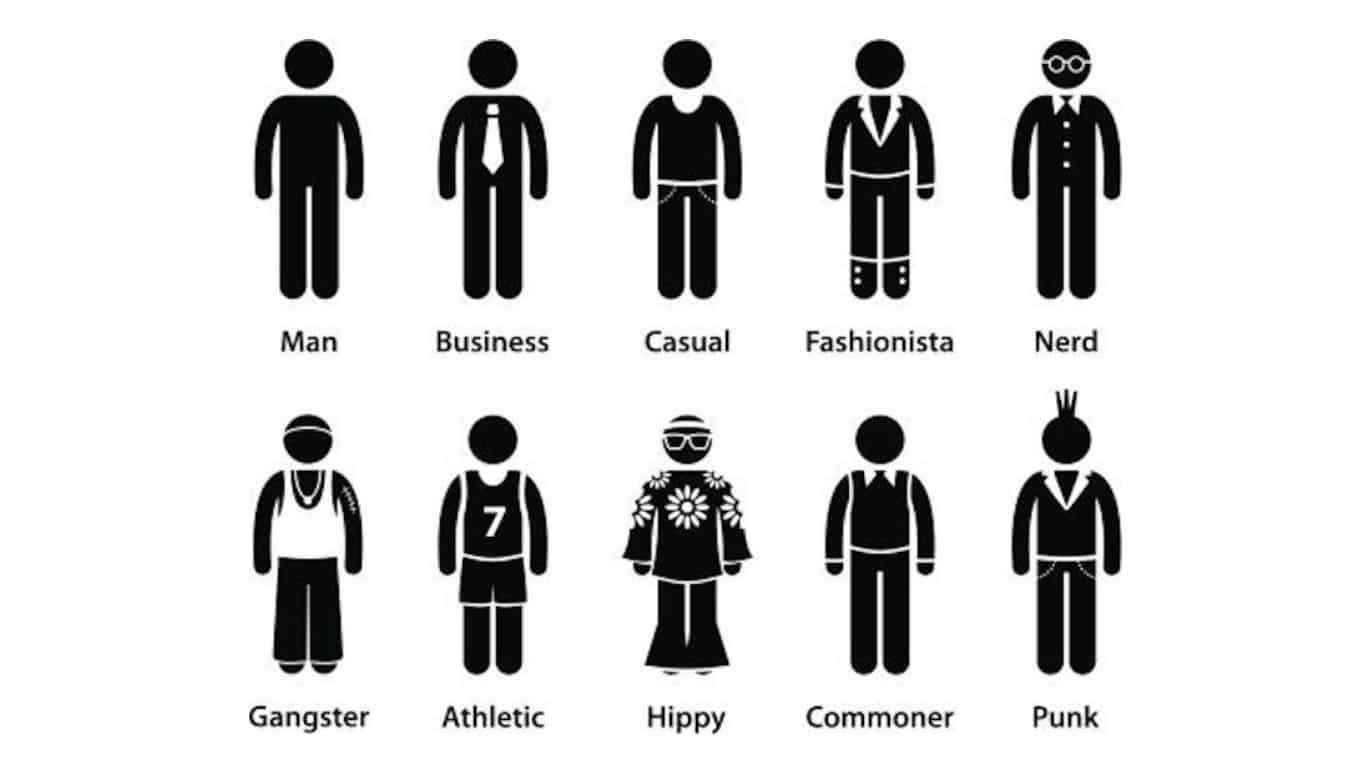
As a writer, your ultimate goal is to create a story that resonates with your readers. One way to achieve this is by focusing on character development throughout your narrative. By showing how your characters have grown and changed over the course of your story, you create a sense of relatability and depth that can draw readers in and keep them invested until the very end.
Let’s say you’re writing a coming-of-age story about a young woman named Maya who moves to a new town to start over after a difficult breakup. At the beginning of the story, Maya is closed off and guarded, unwilling to let anyone get too close. But over the course of the narrative, she meets new people, confronts her past, and learns to trust again.
As you near the end of your story, you have a choice to make. You could wrap things up neatly and have Maya ride off into the sunset with her new love interest, having overcome all her emotional baggage. Or, you could use the ending as an opportunity to show just how much Maya has grown and changed.
Perhaps in the final scene, Maya is faced with a situation that would have triggered her old insecurities and fears. But instead of reverting back to her old ways, she handles the situation with grace and maturity, showing just how far she’s come. This not only provides a satisfying sense of closure for your readers, but it also leaves them feeling connected to your character, and perhaps even inspired by her growth.
In this way, focusing on character development in your ending can be a powerful tool for creating a story that resonates with your audience. By showing how your characters have grown and changed over the course of your narrative, you can create a sense of closure and connection that can leave a lasting impression on your readers.
Use a Quote

Ending a book with a memorable quote can be an incredibly effective way to leave a lasting impression on readers. By tying the quote into the story’s central themes, it can give readers something to think about long after they’ve finished reading.
For example, let’s say you’ve written a book about a young woman who struggles to find her place in the world. Throughout the story, she overcomes obstacles and learns important lessons about herself and her relationships with others. At the end of the book, you might choose to include a quote from a famous author or philosopher that speaks to the book’s themes. For example, you might choose a quote like this one from Maya Angelou:
“I’ve learned that people will forget what you said, people will forget what you did, but people will never forget how you made them feel.”
This quote ties into the central themes of your story by emphasizing the importance of human connection and the lasting impact that our actions can have on others. By including it at the end of your book, you can leave readers with a powerful message that encourages them to reflect on their own relationships and the way they interact with the world around them.
Also Read: 7 Amazing Tips for Writing an Antagonist
